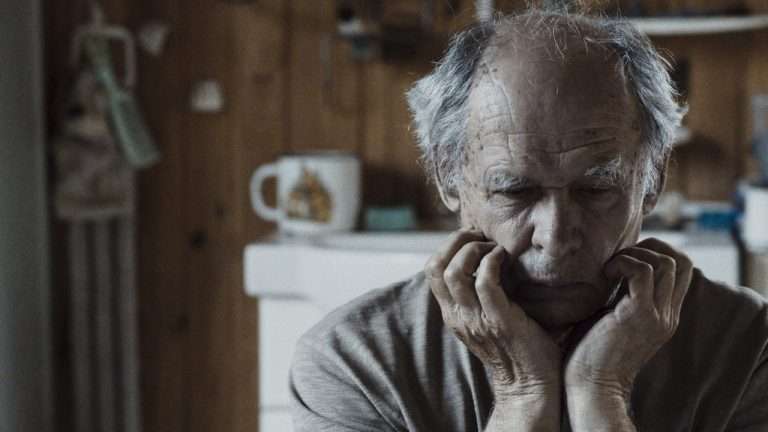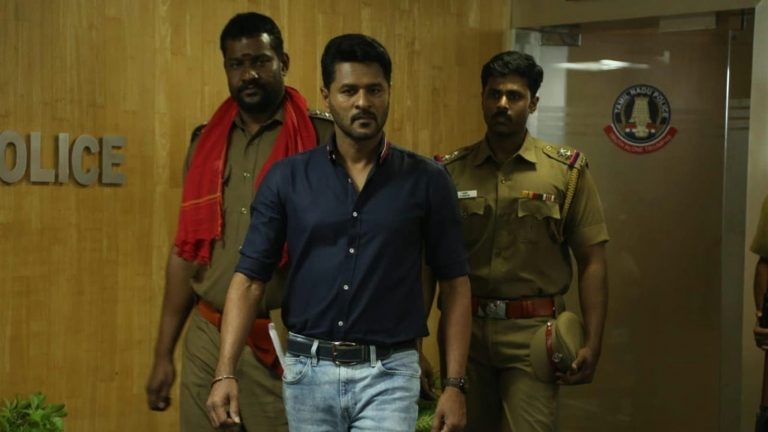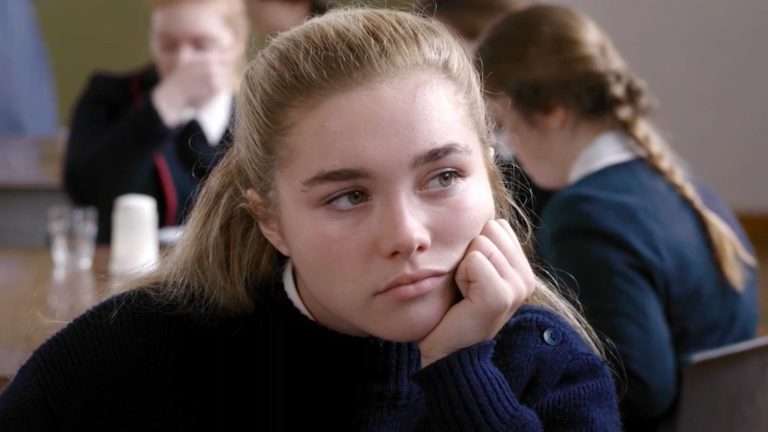A Decade On: This series is a look back at the films of debatably one of the seminal years for cinema in this millennium, 2007. In my mid teens, this year was one that contributed to my budding cinephilia and directed me to some of the best works of the greatest filmmakers of this generation, which then lead me further back in cinema history to the gateway films that firmly established my love of films to this day. A decade on, 2007 is still one of the most important and relevant years in my life as a film-lover.
WARNING: THIS ARTICLE FEATURES SPOILERS, BUT SINCE IT’S BASED ON A TRUE STORY, CAN THEY REALLY BE CALLED SPOILERS?
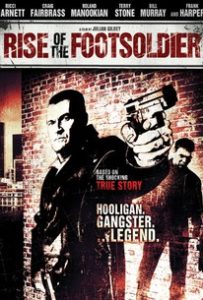 Even more than ten years on, I am still discovering memorable, impactful, and brilliant 2007 films for the first time, and in the most unexpected places. By chance, I caught Rise of the Footsoldier (2007) recently and although I thought it may be a cheap film (it is, but only cinematographically), I was amazed by the bravado, the brutality, the clear storytelling, and the earthiness of this true crime tale of British football hooligans turned gangsters.
Even more than ten years on, I am still discovering memorable, impactful, and brilliant 2007 films for the first time, and in the most unexpected places. By chance, I caught Rise of the Footsoldier (2007) recently and although I thought it may be a cheap film (it is, but only cinematographically), I was amazed by the bravado, the brutality, the clear storytelling, and the earthiness of this true crime tale of British football hooligans turned gangsters.
Detailing the true life crimes of Carlton Leach (Ricci Harnett), this ambitious film spans several decades, specifically 1977 to 1995, to show how Carlton worked his way from violent football hooligan to violent bouncer to violent junk pusher, all the while navigating between his friends, his (two) families, and the deaths of those close to him.
But his treatment of the violence evolves throughout the story. These bull-headed cathartic brawls soon become alarmingly violent, which then are set aside for more one-on-one acts of violence, most of which seem justified through Carlton’s job as either a bouncer of a drug pusher. Near the film’s half-way mark, we’re entering into torture territory, particularly when Carlton must see his friends get tortured for information of a heroin’s whereabouts, which he reacts to with an almost suicidal gusto.
The ultra-violence of it all goes to show just what the initial football hooliganism can lead to – those sort of folks can grow up to be bullying, torturing, murdering, immoral bastards with a lot of money and stakes at hand. Rise of the Footsoldier has this sort of moralism, but doesn’t wear it on its sleeve and risks being misinterpreted by wildly throwing the audience into the crazy, violent, sweary gangster lifestyle so that it may appear more authentic rather than glorifying of these criminal actions.
Snooty critics didn’t pick up on this at the time and denounced the film, like they did with the other football hooligan films released around this time like Essex Boys (2000), The Football Factory (2004), and Green Street Hooligans (2005). It seemed only the more low-brow publications like Daily Mirror, GQ, Maxim UK, and Nuts Magazine were the only ones calling it “enormously entertaining”, “gritty and brilliant”, and “a veritable feast of violence”. Otherwise, the vast majority of more middlebrow critics from the likes of Total Film, BBC, Time Out, The Guardian, Film 4, and Empire dismissed it as simply ugly, sadistic, sickening, and glorifying of this kind of culture.
A far more in-depth and far more fair review can be found on the Blu-Ray page for the film, where the author acknowledges the film isn’t for everyone, but may appeal to some. His criticisms are few, claiming it “barely touches upon the social conditions that apparently fueled football hooliganism in Essex”.
The few that even bothered to give this film mostly pithy reviews hardly even commented on the ferocious acting from all, particularly Harnett as the main man, as well as Craig Farbass as Pat Tate, Terry Stone as Tony Tucker, and Rooland Manookian as Craig Rolfe, the trio whose enthusiastic shady dealings comes to a violent end (three times). The acting from all (not to mention the make-up and hair design) really succeeds in showing an evolution of these characters through the years, going from youthful cockiness to confident professionalism to an apprehension at the end. The scale of this story truly is felt in a swift and not overlong two hours.
Gilbey is also to be praised for making some of the music-video-esque cinematography look that little bit more special with some eclectic camera-work (the subtle zoom-ins during Carlton’s first exposure to ecstasy is brilliant), tight editing, and overall a confident handle on all the story-strands and the lives and fates of all of these characters – it all adds up to make this film appear bigger than its budget.
I happen to come across this film by strange chance. While on holiday at a cabin, my 16 year old nephew decided we ought to watch this film out of the DVDs that were available there. He seemed enticed by the classification which stated “High impact violence, frequent aggressive coarse language, sex scenes and drug use.” I thought we’d give it a go, even though it may’ve been a really horrible cheapo film probably made for tax reasons more than anything. About fifteen minutes into the film, I started to suspect I was wrong.


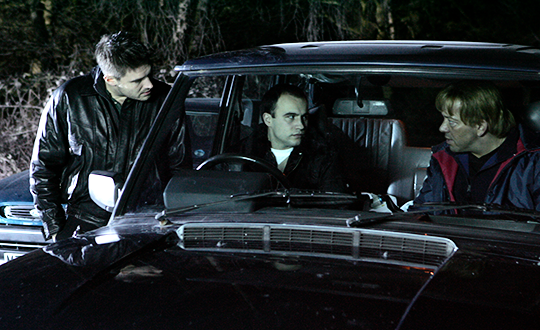
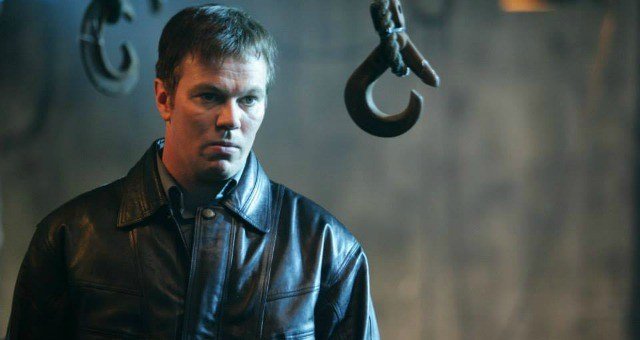
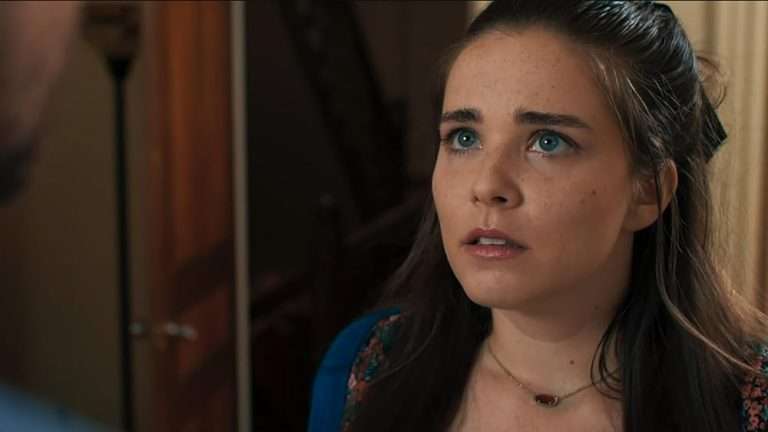
![You Shall Not Sleep [2018]: ‘Tribeca’ Review](https://79468c92.delivery.rocketcdn.me/wp-content/uploads/2018/04/You_Shall_Not_Sleep_HOF_Tribeca-768x432.png)

